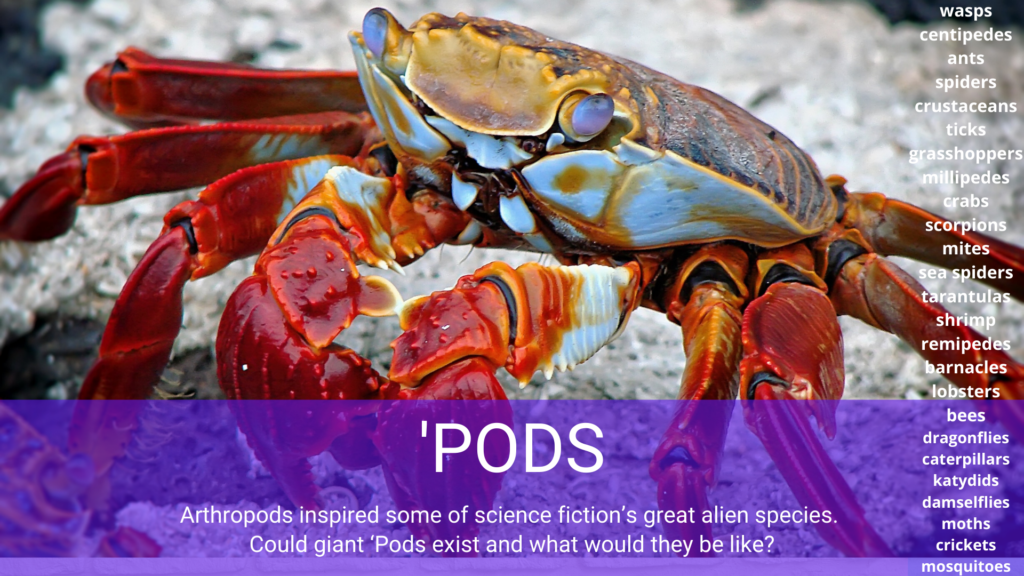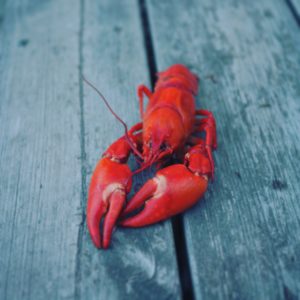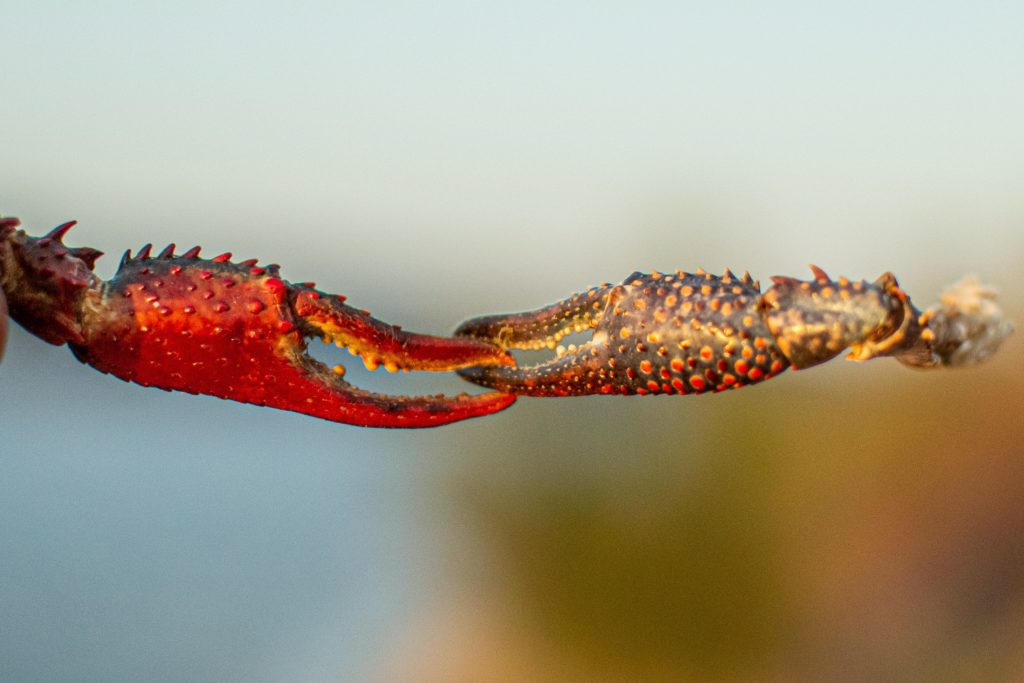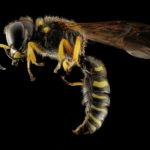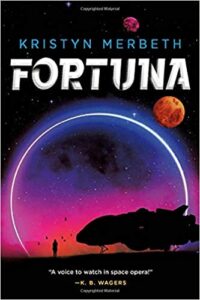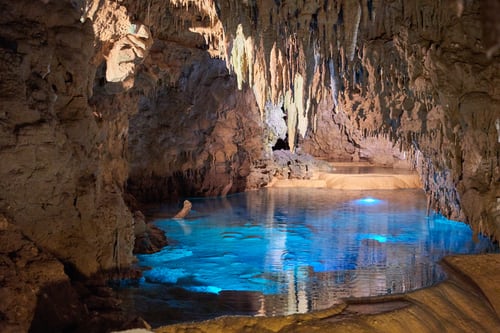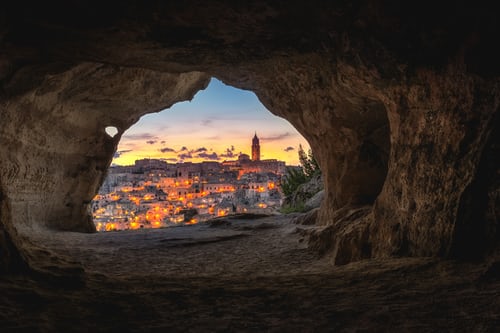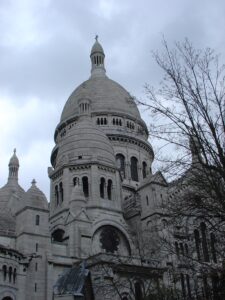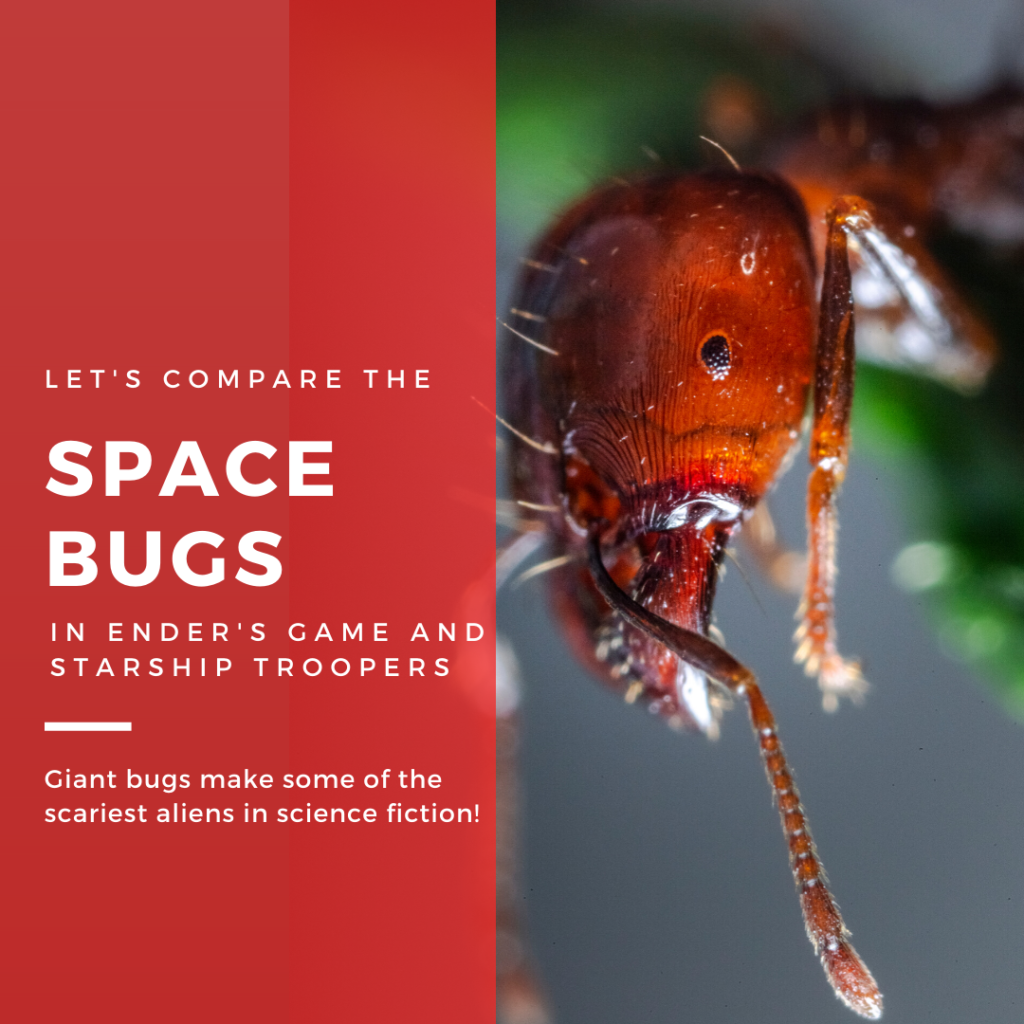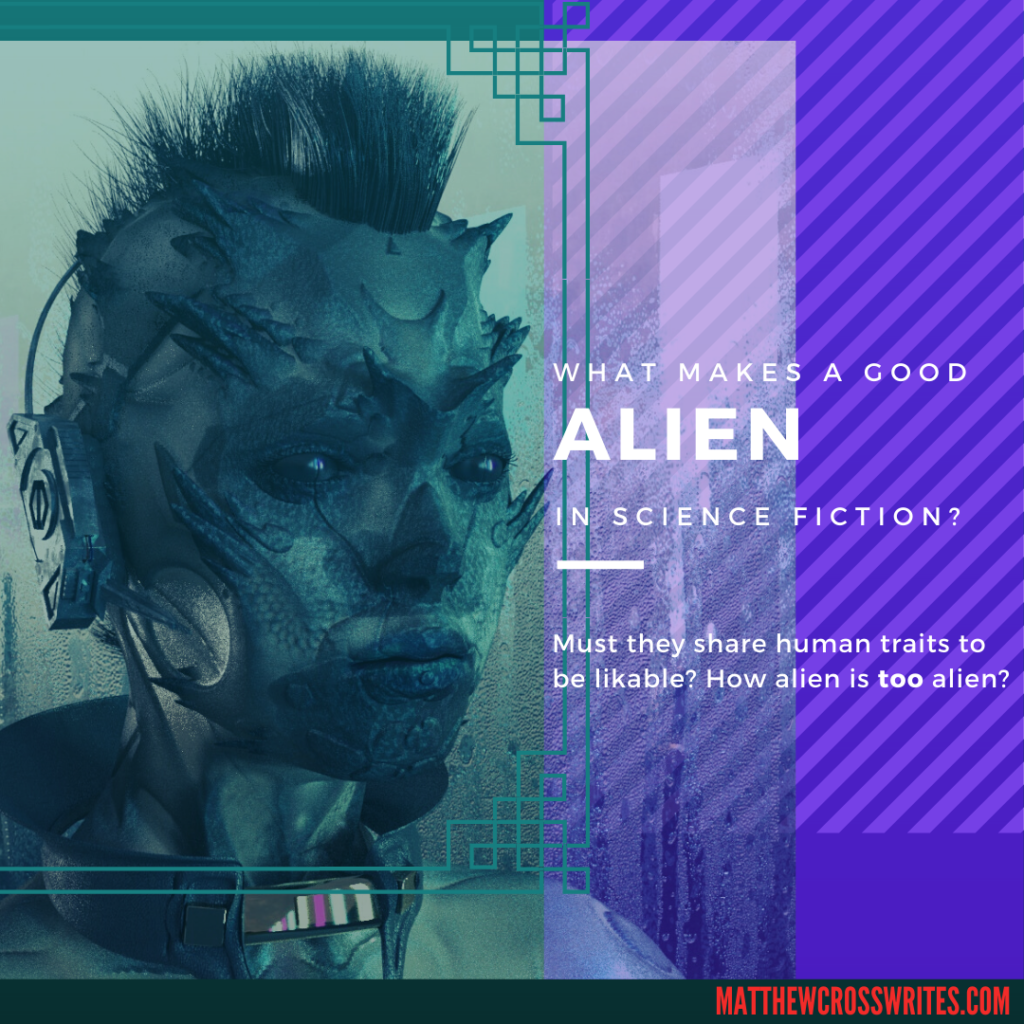
If you love Sci Fi, you probably love a good alien encounter. But do you love the aliens or love-to-hate the aliens?
Humans have difficulty connecting with aliens that are too, well, alien. The more human they seem, the better are able to connect with them. This should not be too surprising given that we humans are social animals that (generally) thrive with social interaction with other humans.

I even learned in journalism school that people enjoy seeing photographs of people more than anything else. We were taught to include photos of people to liven up dull newspaper pages. And if all you have is a “mug shot”–a photograph of a person’s face and (sometimes) shoulders–then use it! Readers are more likely to read a story that includes a photograph of a person’s face than a story with just a headline and text.


Babies? What’s so great about babies?
I have also read that humans are attracted to animals that superficially look like babies. (After all everyone loves babies, even though they are mostly useless!) That is supposed to explain the popularity of certain breeds of dogs and cats with large eyes and round faces. I don’t know if that’s true, but I do know that toy makers seem to make stuffed toy cats and dogs with bigger and rounder eyes every year. (That drives Mrs. C crazy. She finds “big-eyed” dolls to be creepy.)

My Theory
So I’m proposing the theory that readers prefer creatures that approximate human appearance, habits and speech. Also, I think we will accept close cousins, that is, creatures that remind us of the class of mammals. So things that appear warm-blooded and covered in skin or fur; things that look like cute dogs or cats or Teddy bears. We also like these. It’s OK if they have six legs or six eyes. That’s the cool part that makes them alien; alien without being too alien.
Readers prefer creatures that approximate human appearance, habits and speech.
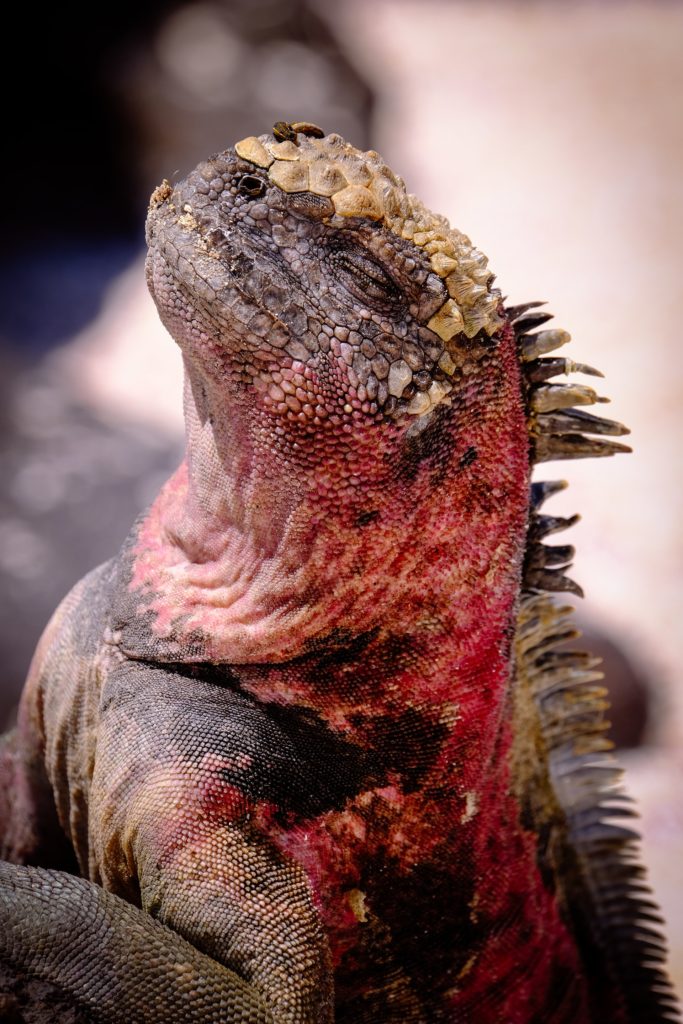
Reptile Men and Women
What about reptile men? Well, if they have two arms and two legs, that’s a good start. If they have a face with two eyes and a mouth, then that’s pretty humanlike, even if they have forked tongues and scales instead of skin. I still think they are more likely to be cast as baddies than good guys, especially in a movie. But in a book, if such a creature rescues a kitten (or a human child), I think we can all get on board with that. (Remember, kittens and babies are cute and people like them!)
What about reptile women? Well, generally, the same goes for reptile women as reptile men. But, well, guys–meaning readers who are human males–seem to like almost all alien women. Why? Well . . . why do sailors like mermaids? That’s a subject for another blog.
What about dragons?
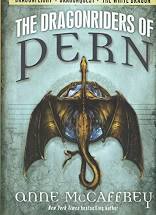
I think we all have a challenge liking creatures that are more reptile, amphibian, or even possibly avian than human, especially the intelligent ones. Dragons may be the one exception. People do love dragons.
And, yes, there are plenty of dragons in Sci Fi. They are not only in fantasy. See Anne McCaffrey’s Dragonriders of Pern series. Grand Master McCaffrey excels in disproving my point and making large, intelligent reptiles–reptiles that look nothing like humans–very lovable. (Or is she the exception that proves the rule?)
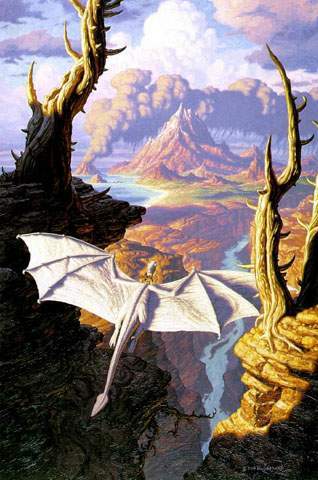
What is the problem with aliens that are not humanlike?
I think there are a couple of things at work here. One is a natural fear of certain types of creatures found on Earth. So, for example, if we are familiar with certain dangerous animals, such as snakes and spiders, then I propose writers will have a hard time making likeable aliens that remind us of those creatures. And they make wonderful “bad guy” aliens.
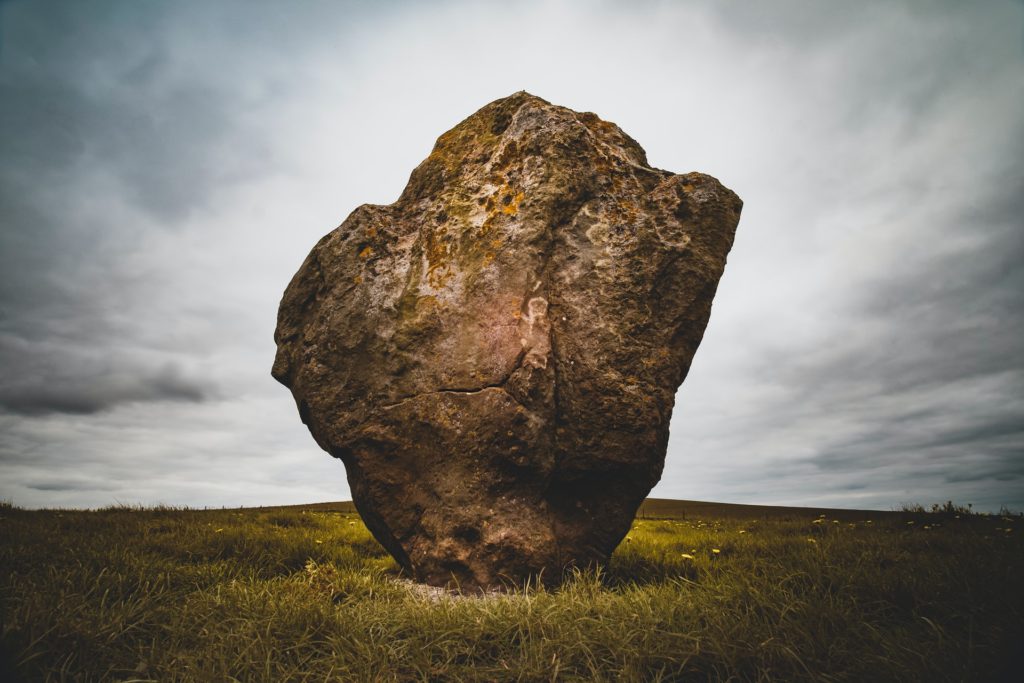
The second is the challenge of making likable creatures that are so alien that readers have no way to connect to them. For example, consider a creature that looks like a large boulder. A creature that has a mouth but no eyes, ears or nose. A creature that thinks love and passion and excitement are all pointless. Does that sound appealing?
If an alien is not full of the same emotions and desires as humans, then it’s hard for us to connect.
A creature that has learned no form of communication other than to shove aside its brother as a signal that it is rolling too close. A creature that enjoys listening to the vibrations of the stars as music and is tickled by gravitational waves, so it has no further need for entertainment or socializing. If it is not interested in human pursuits, if an alien is not full of the same emotions and desires as humans, then it’s hard for us to connect. It’s hard for us to care.
So those are some of my theories. Do you agree? Do you have examples you like that prove or disprove this?
Please post your comments below.
Be stellar!
Matthew Cross



